
Puck Lights vs. Other Lighting Solutions: A Comprehensive Comparison for Every Space
Share
LED lighting has revolutionized how we illuminate our homes and workplaces, offering energy efficiency, design flexibility, and long-term savings. Among the various types of LED lighting, puck lights stand out for their versatility and compact design. But how do they compare to other popular lighting options like LED strips, recessed lights, pot lights, light bars, and can lights? This article provides a detailed, research-backed comparison to help you choose the best lighting solution for your space.
Table of Contents
- Introduction to Lighting Types and Their Uses
- Puck Lights vs. LED Strip Lights
- Puck Lights vs. Recessed Lights
- Puck Lights vs. Pot Lights
- Puck Lights vs. Light Bars
- Puck Lights vs. Can Lights
- Conclusion: Choosing the Right Lighting Solution for Your Needs
Introduction to Lighting Types and Their Uses
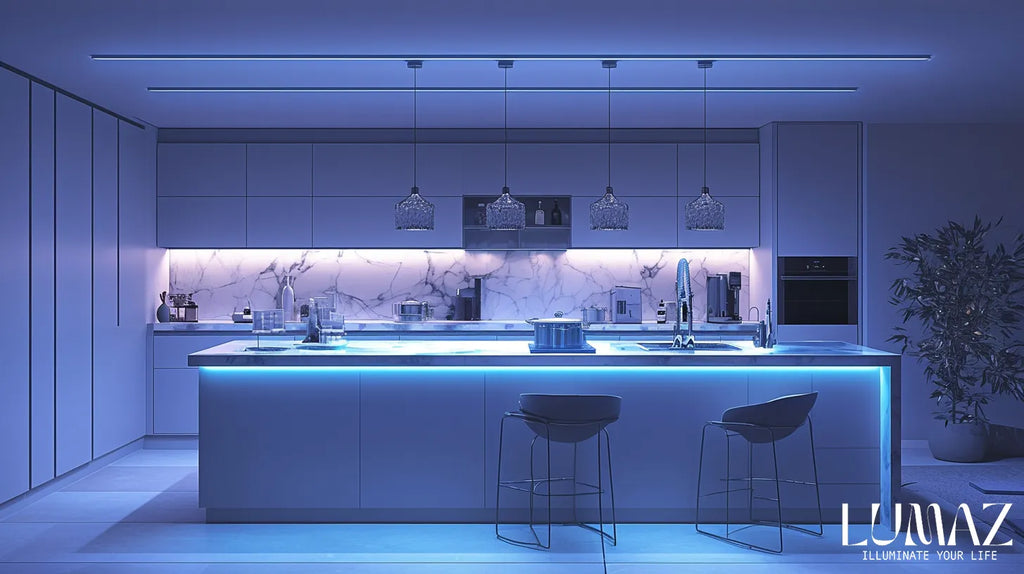
Lighting is more than just a way to brighten a room—it's an integral part of interior design, impacting everything from the ambiance to the functionality of a space. Understanding the different types of lighting and their specific uses is the first step in selecting the right option for your needs.
Understanding the Role of Task, Accent, and Ambient Lighting
Lighting can generally be divided into three categories:
- Task Lighting: Provides focused light for specific tasks, such as cooking or reading.
- Accent Lighting: Highlights specific areas or objects, adding depth and dimension to a room.
- Ambient Lighting: Offers overall illumination, setting the mood of the space.
Overview of Common Lighting Options
- Puck Lights: Small, round fixtures ideal for task and accent lighting.
- LED Strip Lights: Flexible strips that provide continuous light, perfect for under-cabinet and accent lighting.
- Recessed Lights: Installed in ceilings or walls, offering a clean, modern look.
- Pot Lights: A type of recessed light, typically used for ambient lighting.
- Light Bars: Long, linear fixtures often used in closets and workspaces.
- Can Lights: Larger recessed lights that provide broad, general lighting.
To better understand how different lighting options compare, the following table provides a detailed comparison based on various technical parameters, including light output, energy consumption, installation complexity, and ideal usage scenarios. This comparison is intended to help you make an informed decision when selecting the right lighting solution for your space.
| Lighting Option | Light Output (Lumens) | Energy Consumption (Watts) | Lifespan (Hours) | Installation Complexity | Best Use Cases |
|---|---|---|---|---|---|
| Puck Lights | 200-300 per light | 3-5 | 50,000 | Easy (Surface-Mounted) | Task and Accent Lighting (e.g., under cabinets, display cases) |
| LED Strip Lights | 150-200 per foot | 4-7 per foot | 30,000-50,000 | Moderate (Requires Cutting and Mounting) | Accent and Ambient Lighting (e.g., under cabinets, behind TVs) |
| Recessed Lights | 600-800 per light | 7-15 | 35,000-50,000 | Complex (Ceiling Integration) | General Ambient Lighting (e.g., living rooms, hallways) |
| Pot Lights | 600-900 per light | 8-15 | 35,000-50,000 | Complex (Ceiling Integration) | Ambient Lighting in Large Spaces (e.g., kitchens, living rooms) |
| Light Bars | 400-600 per bar | 8-12 | 30,000-40,000 | Moderate (Surface-Mounted) | Task Lighting (e.g., workbenches, under shelves) |
| Can Lights | 600-1000 per light | 10-20 | 35,000-50,000 | Complex (Ceiling Integration) |
Broad, General Lighting (e.g., large rooms, commercial spaces) |
(Source: Illuminating Engineering Society, U.S. Department of Energy, ENERGY STAR )
Further Reading: Lumens to Watts Conversion
Puck Lights vs. LED Strip Lights
Brightness and Coverage
When comparing puck lights to LED strip lights, brightness and light coverage are critical factors. Puck lights are often brighter and more focused, making them ideal for task lighting. In contrast, LED strip lights provide a more diffuse, even light, suitable for accent or ambient lighting.
| Feature | Puck Lights | LED Strip Lights |
|---|---|---|
| Light Output (Lumens) | 200-300 lumens per puck light | 150-200 lumens per foot |
| Beam Angle | 30°-60° (narrow and focused) | 120°-180° (wide and diffuse) |
Source: Illuminating Engineering Society (IES)
Flexibility and Installation
LED strip lights excel in flexibility—they can be cut to fit any length and bent around corners, making them easier to install in tight or irregular spaces. Puck lights, while less flexible, are straightforward to install under cabinets or shelves, providing concentrated light exactly where needed.
Example: In a kitchen renovation project, a homeowner chose LED strip lights for the continuous light they provide along a 10-foot countertop. However, they opted for puck lights above the sink area where more focused illumination was necessary.
Energy Efficiency and Lifespan
Both puck lights and LED strip lights are energy-efficient, but strip lights often use less power due to their lower lumen output. However, puck lights typically last longer because they are less prone to heat buildup, which can degrade LED strips over time.
| Feature | Puck Lights | LED Strip Lights |
|---|---|---|
| Power Consumption | 3-5 watts per light | 4-7 watts per foot |
| Lifespan | 50,000 hours | 30,000-50,000 hours |
Aesthetic Impact
Puck lights are more visible, often serving as both a functional and decorative element. LED strip lights, on the other hand, can be hidden from view, providing a subtle, indirect lighting effect.
Personal Experience: In my living room, I installed LED strip lights behind a floating shelf to create a soft backlight for my TV. For my kitchen, I preferred puck lights under the cabinets because they provided the direct, bright light needed for cooking.
Puck Lights vs. Recessed Lights
Design and Aesthetic Differences
Recessed lights are flush with the ceiling or wall, offering a clean, unobtrusive look. In contrast, puck lights are surface-mounted, which can add a subtle design element, especially when used in a pattern.
Light Distribution and Coverage
Puck lights are great for spot lighting, providing focused illumination over a small area. Recessed lights offer broader coverage, making them suitable for general room lighting.
| Feature | Puck Lights | Recessed Lights |
|---|---|---|
| Light Coverage | Focused (small area) | Broad (large area) |
| Ideal Use | Task and accent lighting | Ambient lighting |
Installation Complexity
Recessed lights require cutting into the ceiling and connecting to the electrical wiring, which can be complex and may require professional installation. Puck lights, especially battery-operated or plug-in models, are much easier to install and can often be a DIY project.
Case Study: A homeowner wanting to update their living room lighting without extensive renovations chose puck lights for accent lighting and recessed lights for ambient lighting. The puck lights were installed under floating shelves, while the recessed lights were integrated into the ceiling.
Cost and Energy Efficiency
Recessed lights typically have a higher initial cost due to the complexity of installation but are also more energy-efficient in large spaces because they reduce the need for multiple fixtures.
| Feature | Puck Lights | Recessed Lights |
|---|---|---|
| Installation Cost | Low to moderate | High |
| Energy Consumption | 3-5 watts per light | 7-15 watts per light |
Further Reading:
Puck Lights vs. Pot Lights
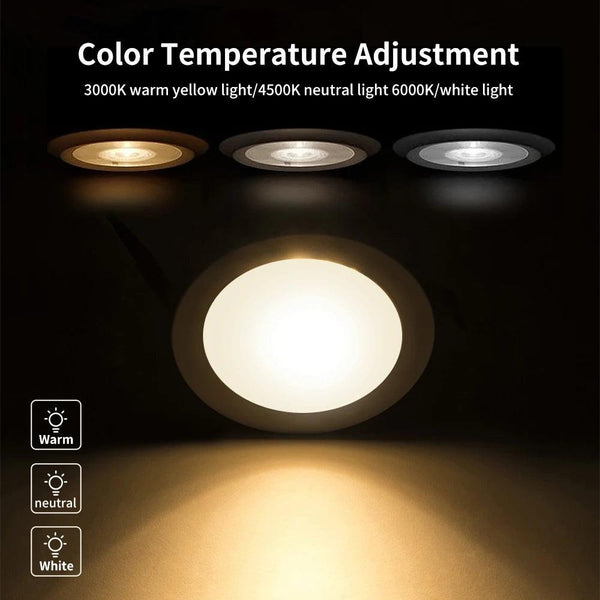
Size and Visibility
Pot lights, a type of recessed lighting, are larger than puck lights and less visible once installed. Puck lights are smaller and can be more decorative, depending on their placement.
Example: In a modern kitchen design, the homeowner installed pot lights for general illumination but added puck lights under the cabinets for a stylish, focused light that doubles as a design element.
Lighting Functionality
Pot lights are primarily used for ambient lighting, filling a room with light. Puck lights are more specialized, ideal for task lighting in areas like kitchens or for highlighting specific features.
Installation and Maintenance
Both pot lights and puck lights are relatively low-maintenance, but pot lights may require more effort to install due to the need for ceiling integration. Puck lights, especially surface-mounted ones, are easier to install and maintain.
Personal Tip: If you're looking to add lighting without major renovations, puck lights are the way to go. They offer the flexibility to place light exactly where you need it without cutting into walls or ceilings.
Best Use Cases
- Pot Lights: Best for ambient lighting in living rooms, hallways, and larger spaces.
- Puck Lights: Ideal for task lighting under cabinets, inside closets, or as accent lighting.
Puck Lights vs. Light Bars
Light Distribution and Beam Spread
Light bars provide even, linear illumination over a wider area, while puck lights offer focused, spot lighting. Light bars are better for applications requiring consistent light across a surface, such as workbenches or long shelves.
| Feature | Puck Lights | Light Bars |
|---|---|---|
| Beam Spread | Narrow and focused | Wide and even |
| Best For | Spot lighting | Task and ambient lighting |
Installation Versatility
Light bars can be mounted horizontally or vertically, making them versatile for different spaces. Puck lights, while also versatile, are generally installed on flat surfaces and may require more fixtures to achieve the same coverage as a light bar.
Example: A garage workspace was outfitted with light bars above the workbench for broad, even illumination, while puck lights were added inside tool cabinets for focused task lighting.
Aesthetic Considerations
Puck lights can be a more decorative element, especially in visible spaces like under cabinets or in display cases. Light bars, while functional, are often hidden or integrated into the design in a way that makes them less noticeable.
Cost and Longevity
Light bars may have a higher initial cost but often come with a longer lifespan due to their design, which typically handles heat better than smaller, more concentrated light sources like puck lights.
Puck Lights vs. Can Lights
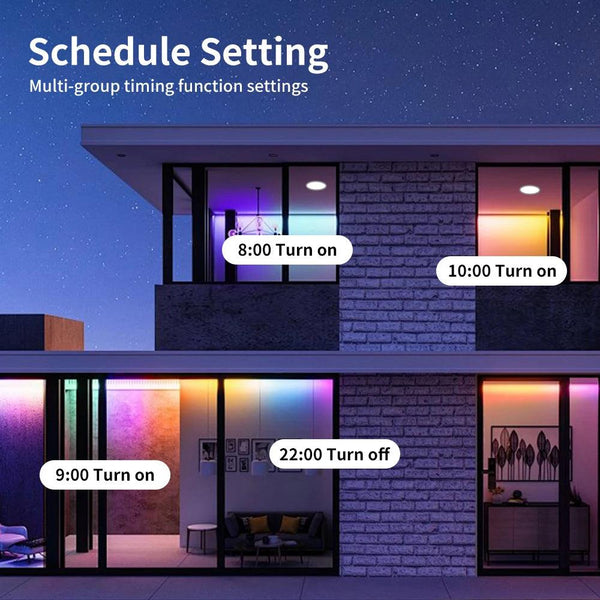
Lighting Output and Coverage
Can lights, a type of recessed light, are designed to provide general lighting in a space, while puck lights are more focused and are often used for specific tasks or accent lighting.
Installation Differences
Can lights are installed into the ceiling, providing a seamless look, but they require more complex installation compared to puck lights, which can be surface-mounted and are easier to install.
Aesthetic and Design Impact
Can lights are ideal for modern, minimalist designs where the lighting fixture should be nearly invisible. Puck lights, in contrast, can be part of the visual design, adding a layer of style to the space.
Example: In a home office, can lights were used for general lighting, providing a clean, unobtrusive look, while puck lights were installed under shelves to highlight decorative items and add a warm, inviting glow.
Cost and Energy Considerations
Both can lights and puck lights are energy-efficient, but the total cost depends on the number of fixtures required and the complexity of installation. Puck lights may be more cost-effective for small projects, while can lights are better for larger, open spaces.
Conclusion: Choosing the Right Lighting Solution for Your Needs
Choosing the right lighting for your space depends on various factors, including the size of the room, the purpose of the lighting, and your design preferences. Puck lights offer focused, stylish lighting that works well for tasks and accents, while other options like LED strips, recessed lights, pot lights, light bars, and can lights offer different advantages.
- For Small Spaces: Puck lights are ideal for their compact size and focused lighting.
- For General Lighting: Recessed or can lights provide broad, ambient light.
- For Flexible Applications: LED strip lights offer versatility and easy installation.
- For Task Lighting: Light bars or puck lights can provide concentrated light where you need it most.
Ultimately, the best choice depends on your specific needs and the unique characteristics of your space. Consider the factors discussed in this article to make an informed decision that enhances both the functionality and aesthetics of your home or workspace.
Further Reading:

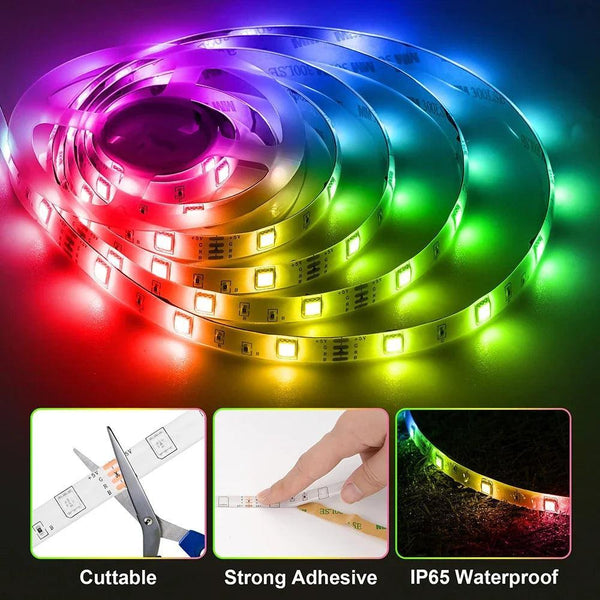
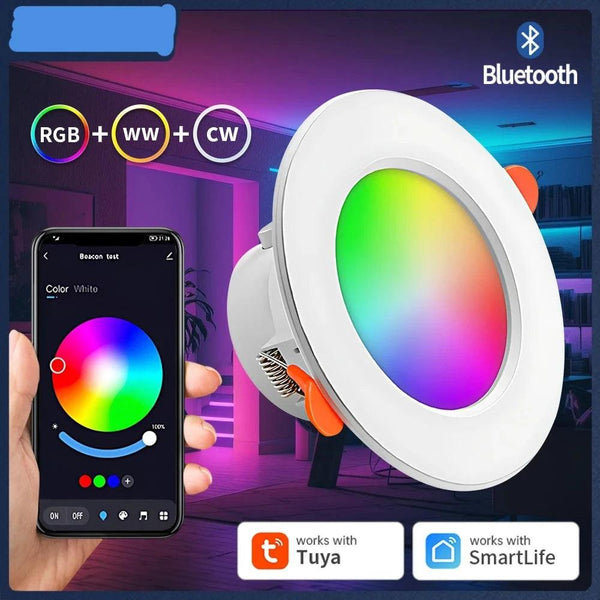
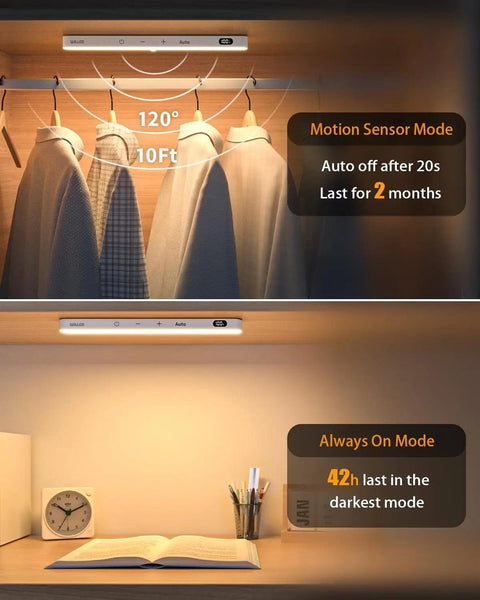

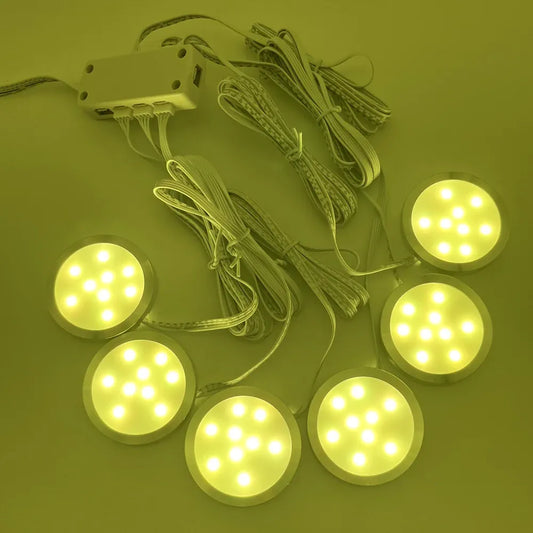



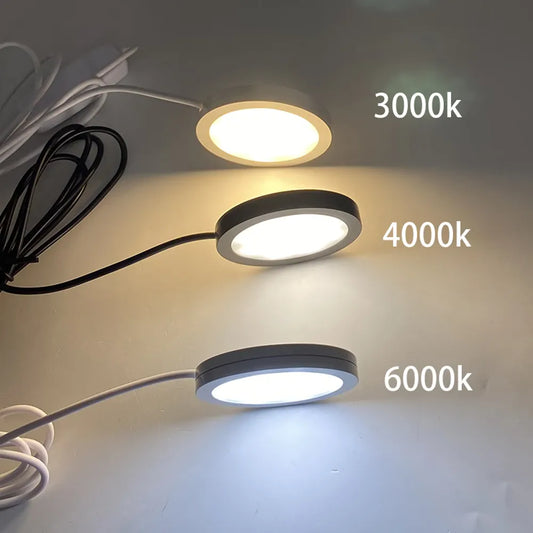

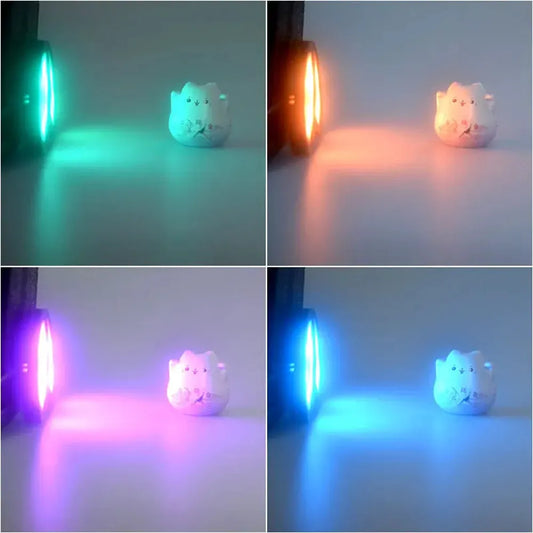



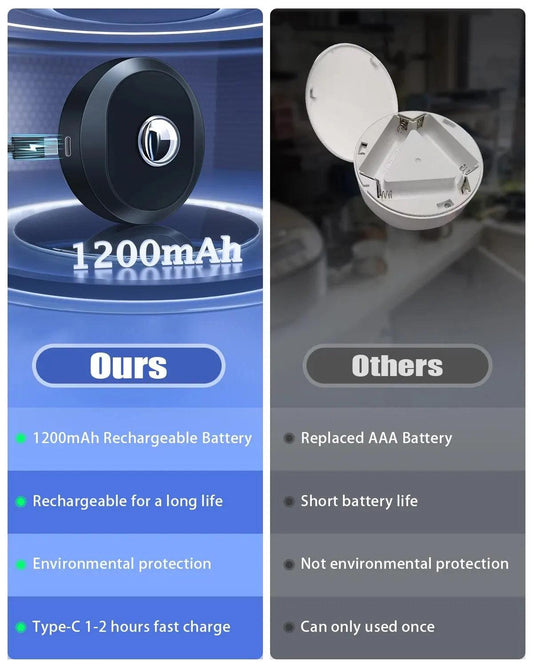

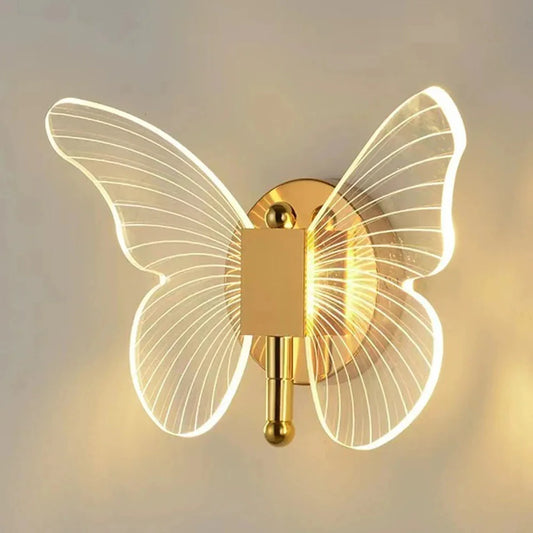

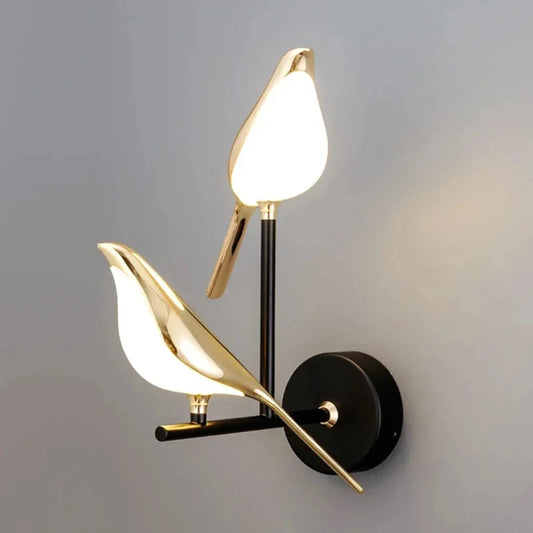

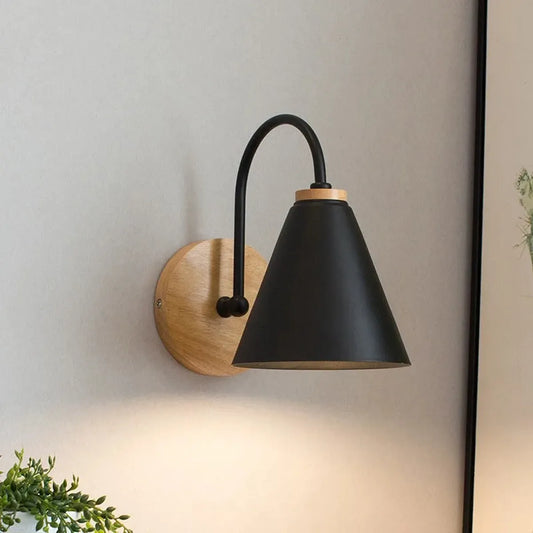



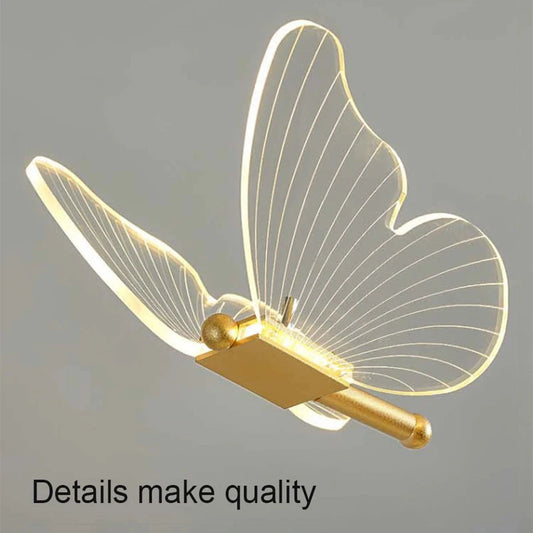

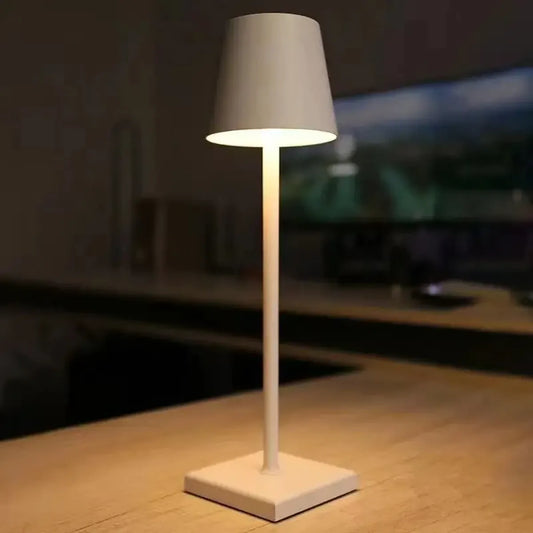



 />
/>
 />
/>
 />
/>
 />
/>
 />
/>